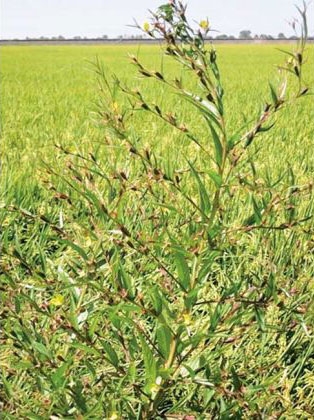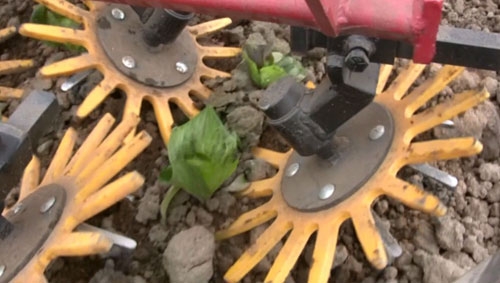Posts Tagged: Weeds
Nasty Mallow!
Mallow is driving me crazy! We can’t get rid of the stuff! So this year (that indicates that we’ve been at this a while) we think we’re going to outsmart it. First, since the stuff just doesn’t die, frost, intense heat, dogs, and so on, we’re going to yank as much out now with our hands covered in mittens and heads in warm fleece caps with hopes that NO seeds will develop or fall into the frozen ground. Ha! Next, we’re going to cover the ground, AGAIN, where it was growing, with cardboard or old karate mats (yes, old karate mats). Third, we’re going to plant something else on the ground as a cover, or actual landscaping, anything once it’s warm enough for anything else to survive. I tell you, this stuff could grow in the Arctic or the Sahara! Arrrghh! Mallow, you are my nemesis!
http://www.ipm.ucdavis.edu/PMG/PESTNOTES/pn74127.html
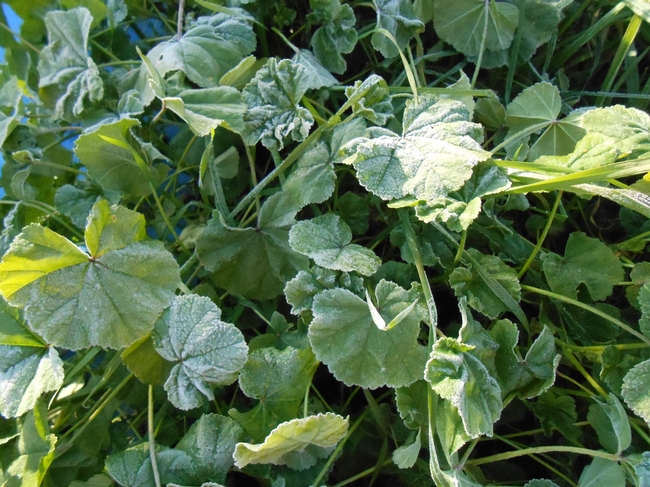
Frozen Mallow will not Die
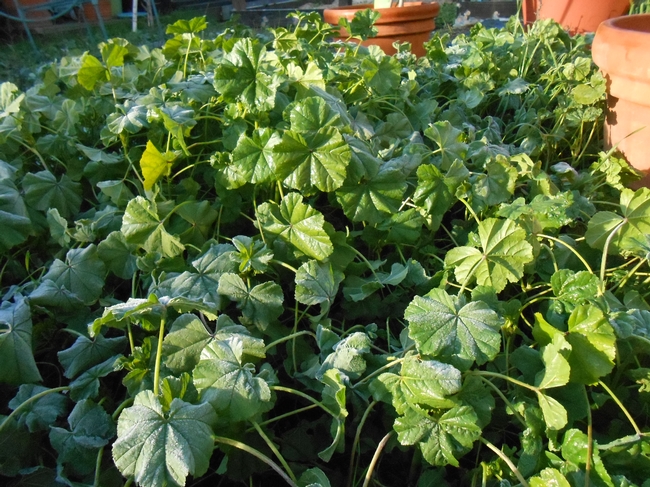
Mallow Arrrgh!
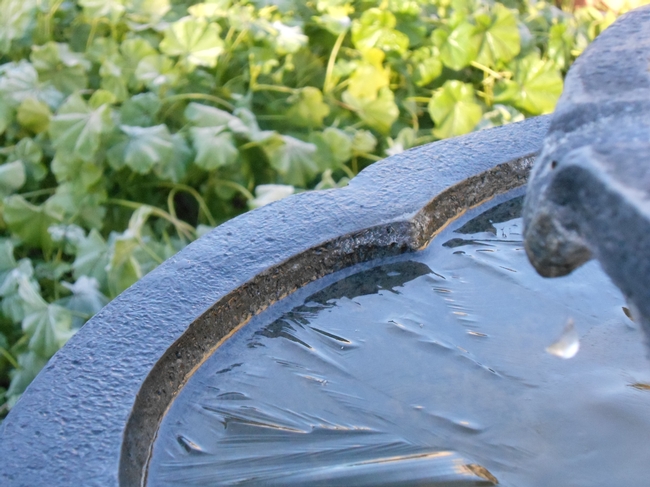
Bird Bath is Frozen, but no, not the Mallow, Arrgh!
When Contemplating Biocontrol of Pests
What are the important considerations when contemplating the biological control of pests? That's one of the topics when the Northern California...

Lady beetle, aka ladybug, prowling for aphids on a blanket flower, Gaillardia. (Photo by Kathy Keatley Garvey)

Close-up of lady beetle, aka ladybug. (Photo by Kathy Keatley Garvey)
The Mayapple
On a recent trip to the Midwest, I came across one of their native plants. This plant has a variety of names depending on the part of the Midwest it grows in. I was in Missouri and there it is called Mayapple (Podophyllum peltatum), in other parts of the Midwest it may be called May pop, devils apple, raccoon berry, just to name a few. In researching this plant I found it is a member of the Berberidaceae family.
The Mayapple is an unusual plant. It grows in the woods and areas that stay wet most of the year. The one I saw was at the edge of woods not far from a running creek. It is a low growing plant that appears to spread maybe by rhizomes, because of where it was growing it was hard to tell as there was poison ivy growing there as well.
When it is still young it has a single stem with one large umbrella looking leaf. As it ages, which usually is sometime in April, the leaf and stem split creating 2 leaves and 2 stems the flower. You have to look for is in the bottom part of the 2 stems that come together. Since the weather in Missouri is unusual this year, the plant is late in blooming, so the split had not happened when I was there.
I was told that the flower hides underneath the leaves until the stem grows a stalk 12-18 inches tall. It is only then the large white flower appears. After the flower fades large yellow fruit appear. The fruit is said to be edible, but only when it is fully ripe, which is when they have lost their green color, but I would not advise eating it. If consumed in large amounts, the danger of toxicity occurs. NOTE: UC Master Gardeners do not recommend eating anything without proper identification by a professional botanist.

The Mayapple long before it flowers. (photo by Pat Greer)
Invasive weed threatens California rice
The weed is highly invasive, produces vast quantities of seeds and survives under a wide range of hydrological and climatic conditions.
"Farmers have to keep an eye out for this weed, and let us know if they think they have it," said Luis Espino, UC Cooperative Extension advisor in Colusa, Glenn and Yolo counties, a rice production expert.
Unlike other waterprimroses, the winged primrose willow can grow within flooded rice fields, which makes it even more problematic for local farmers if it should get established in this area, Espino said.
New technologies offer promising options for organic weed control
Poets have romantically suggested that a “weed is no more than a flower in disguise.” But when burning nettle, pigweed and purslane rob water, sunlight and nutrients from vegetables you are growing to make a living, weeds are a despised nemesis.
For conventional growers, chemical herbicides have taken the drudgery out of weed control. For organic farmers, weeds continue to be a perennial headache.
Many large-scale organic growers have turned to mechanical cultivators to dislodge weeds. However, standard cultivation systems leave an untouched band of soil around the seedlings that must be cleared by hand. This hand labor often represents a large part of total production expenses.
Richard Smith, a UC Cooperative Extension advisor in Monterey County who specializes in vegetable production and weed control, heard about “finger weeders” while at a conference in Germany.
“There is a brand available in the U.S., but the European design is much better,” Smith said.
He purchased a finger weeder from the German Kress Company and conducted trials on commercial farms in Monterey County to assess their effectiveness in organic vegetable production. With this system, hard plastic discs with long fingers are pulled by a tractor horizontally down the field, dislodging recently germinated weeds while leaving transplanted vegetables unharmed.
The timing of cultivation is critical. For transplanted vegetables, the cultivation must be done after the plants are firmly rooted and weed seedlings have just one small, tender root. Soil moisture also influences the effectiveness of the finger weeder.
In a trial Smith conducted on organic leeks, the finger weeder removed 80 percent of weeds, while the standard cultivator removed 29 percent. Hand weeding time was reduced by 45 percent, from 19 hours per acre to 10 hours per acre. The yield of the leeks was not affected by the finger weeder cultivation.
On an organic radicchio farm, the finger weeder removed 81 percent of weeds, while the standard cultivator reduced 48 percent. Hand weeding time was reduced 44 percent, and the yield was unaffected.
In six out of eight trials, the finger weeder significantly reduced hand weeding time compared to standard cultivation.
“We want to raise awareness among our growers that this is a viable option for weed control on organic farms,” Smith said.
Smith is also studying other high-technology organic weed control systems, such as computer-guided cultivation equipment.
“There is tremendous potential in this technology, but it is very expensive,” Smith said.
For more information on organic weeding options, see the video below:


